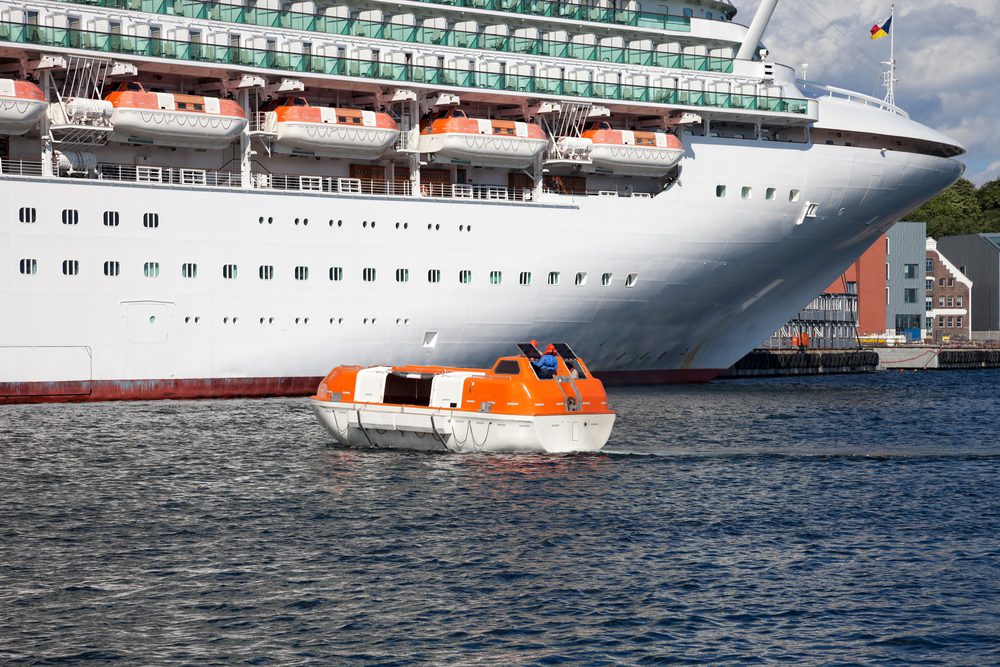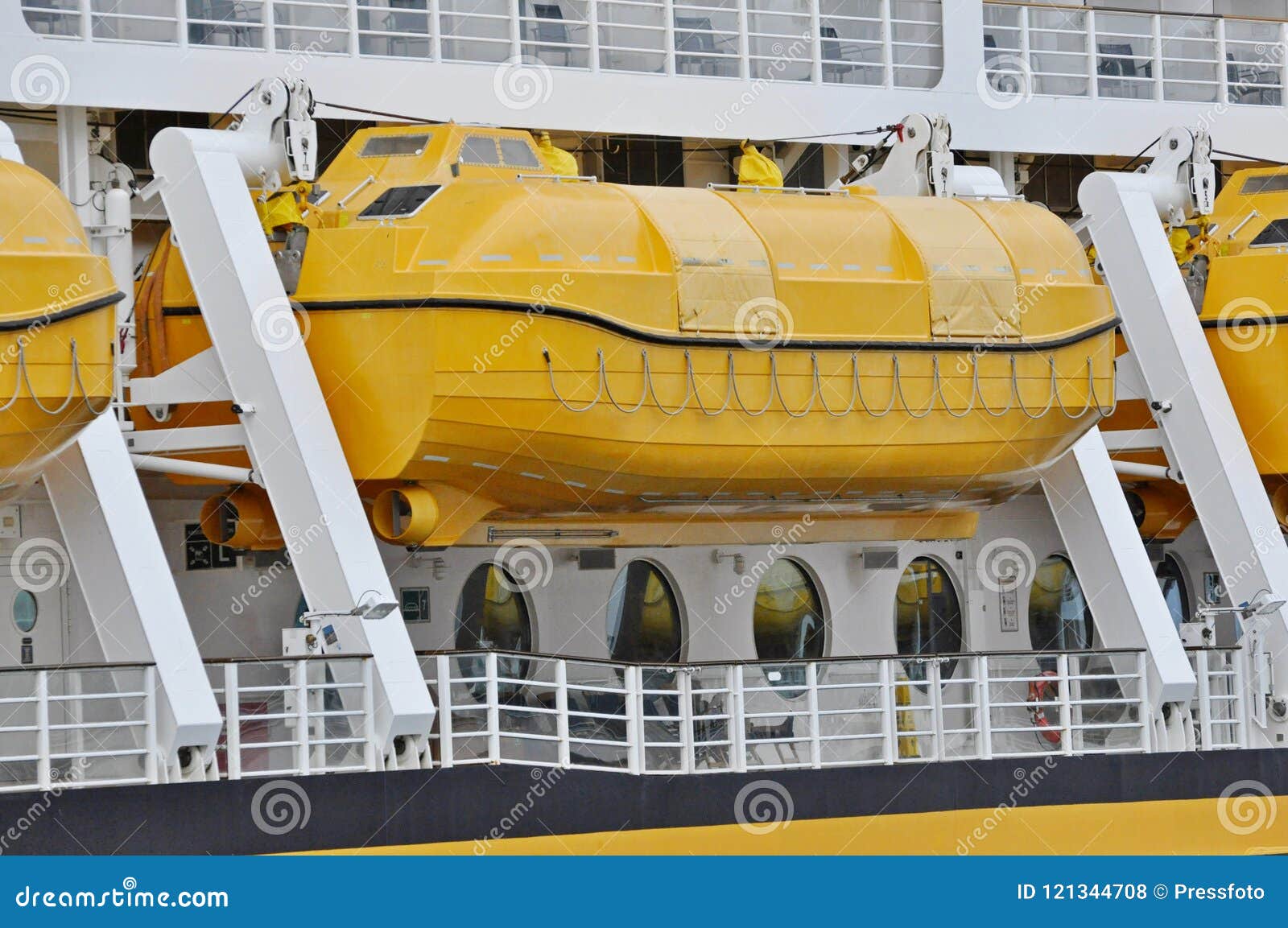Table Of Content

The lifeboat launch and recovery process is a meticulously planned operation to ensure the safety of passengers and crew during a maritime emergency. Launch procedures begin with passengers and crew mustering at assigned assembly points, donning lifejackets, and then boarding the lifeboats. It’s worth noting that the crew members on cruise ships are highly trained in safety protocols. They undergo frequent drills and training sessions themselves, even more rigorous than what passengers experience.
Why Didn’t Titanic Have Enough Lifeboats?
Recovering a lifeboat back onto the ship after a drill or emergency is equally important and requires precision. The recovery process is usually initiated by positioning the ship to create a lee – a calm area on the downwind side of the ship, to protect the lifeboat from wind and waves. Water weights are used in lifeboat testing during the production process to simulate the weight of passengers at different locations throughout the vessel.
Liferafts
Although ships were getting bigger and more people travelled, safety rules regarding lifeboats were woefully inadequate. Passenger preparedness is important, but cruise lines have liability concerns and may restrict personal emergency supplies. It’s best to check with the specific cruise line before packing anything beyond what’s required for travel. One potential issue that comes to mind is the limited capacity of lifeboats on board. Although there may be enough lifeboats for every guest, the fact remains that they can only hold a maximum of 150 people each.

A Short History of Lifeboats
When it’s time to relax, there’s Cloud 9 Spa or Serenity adults-only retreat. Expect a variety of dining options including Guy’s Burger Joint (from television restaurant personality Guy Fieri), as well as the BlueIguana Cantina — Carnival’s signature Mexican restaurant. The cruise calls on the private island Princess Cays and includes kayaking, eco tours, and more. Tendering is where guests use a lifeboat, or smaller boat, to get from the cruise ship to the port. Titanic sailed under safety regulations that originated nearly 20 years earlier – when the largest passenger ships weighed 10,000 tons.
Training and Drills
I have been cruising since 2004 and have sailed on dozens of cruises all over the world. As the creator of this website, I want to help families plan fun cruises free of stress and filled with adventure! This is the only way to ensure the survival of everybody on board should the ship sink or catch fire. Realistically the only thing that would catch on fire in a lifeboat is the engines so the fire extinguishers are fitted here. They have communication tools for speaking to other ships and an internal PA system for making announcements.

This ensures that in the unlikely event of an emergency, they’re well-prepared to guide and assist passengers. Therefore, before the ship embarks on its journey, all passengers are required to participate in a lifeboat drill, commonly known as a muster drill. This drill is so crucial that it’s mandated by international maritime law. However, the larger lifeboats used by Royal Caribbean’s Oasis-class vessels can accommodate up to 372 individuals.
Carnival cruise ship rescues 6 after vessel capsizes near Dominican Republic - WSVN 7News Miami News, Weather, Sports Fort Lauderdale
Carnival cruise ship rescues 6 after vessel capsizes near Dominican Republic.
Posted: Wed, 13 Dec 2023 08:00:00 GMT [source]
How To Remember Port And Starboard On A Cruise Ship (7 EASY Ways)
And, notwithstanding what happened with the Costa Concordia, one of the essential functions of a cruise ship captain’s job is to supervise the overall safety of the ship. If you’ve ever wondered what it would be like in a cruise ship lifeboat during an emergency, you’re in luck. In this article, we will look at the seating plan, the emergency food, engines, emergency tools, water rations and more. The design of inflatable life rafts emphasizes both safety and visibility. They are typically bright-colored, most often orange or yellow, for easy detection in open waters.
During emergency drills on a cruise ship, crew members will instruct passengers on how to safely board a lifeboat. Crew training ensures quick and efficient evacuation in the event of an emergency. While the thought of not having enough lifeboats may be concerning, it’s important to remember that modern signalling and communication technology make rescue quicker and easier. Additionally, cruise ship evacuation procedures are carefully planned and rehearsed to ensure that everyone on board knows what to do in case of an emergency. When deployed, collapsible cruise ship life rafts typically use a high-pressure gas to automatically inflate while being kept in fiberglass canisters.
It’s easy to mix up lifeboats and life rafts, but they’re actually pretty different. Welcome to High Seas Cruising, your resource for exploring the exciting world of cruise ship travel. We provide expert advice, insightful reviews, and comprehensive guides to help seasoned and novice cruisers create their ideal sea journeys. Whether you desire adventure, luxury, or exploration, High Seas Cruising is your compass to unforgettable cruise vacations.
These water weights have remote pumps that fill and empty them with water. During the testing phase, they are positioned throughout the lifeboat to collect data on how the craft would manage passenger weight in various settings and circumstances. With safety as the top priority, you must ensure that lifeboats are frequently checked and maintained by qualified professionals. While at the muster stations, passengers receive instructions on how to wear life jackets, how the evacuation process works, and what they should expect in case of an emergency. If seasickness occurs, it’s advisable for passengers to lean over the boat’s side to avoid contaminating the interior.
By law, the cruise ship has to be able to launch its lifeboats even if the ship is leaning 20 degrees in either direction. There are 14 crew members onboard each lifeboat seated between the passengers. To keep their knowledge of lifeboat operations up to date, members of the cruise crew participate in frequent training as well as weekly and monthly lifeboat inspections.
The regulations ensure that there are enough lifeboats for everyone, regardless of the ship’s size or route it operates in. Moreover, crew training is also a critical aspect of emergency preparedness. The crew members are trained extensively in using the lifeboats and life rafts, and in handling emergency situations. They undergo regular training sessions to ensure that they are equipped with the necessary skills and knowledge to handle emergency situations efficiently.
They should be able to sufficiently hold the entire ship’s capacity minus the expected lifeboat capacity for that location. The number of lifeboats found on a ship varies depending on the size of the vessel. Cruise ships contain enough lifeboats for every passenger that is on the cruise ship. Find out how cruise ship lifeboats meet strict guidelines and ensure everyone on board stays safe. Ideally, a cruise ship needs a higher lifeboat capacity than the total number of passengers and crew on the ship. In practice, most cruise ships have more than the minimum number of lifeboats required.

No comments:
Post a Comment